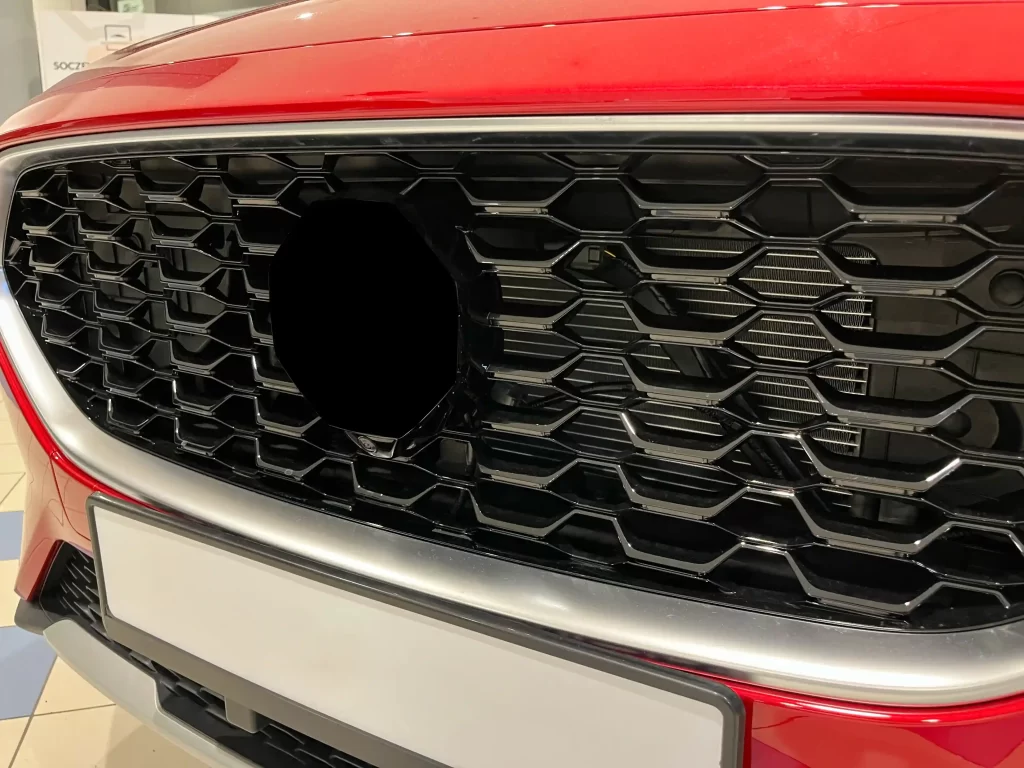Introduction to Car Radiator Fans
Have you ever found yourself in a sticky situation with an overheating engine? Or perhaps you’re just looking to upgrade your vehicle’s cooling system for optimal performance. Well, look no further because in this ultimate guide, we’ll take you through everything you need to know about car radiator fans – those unsung heroes that keep your engine running cool even on scorching summer days!
Now, before we dive into the nitty-gritty details, let’s clear one thing up: a car radiator fan may seem like a simple component, but trust us when we say it plays a critical role in maintaining your engine’s temperature. Without it, your beloved four-wheeled companion could face serious damage from overheating.
So buckle up and get ready to learn all about choosing the right radiator fan for your ride, how to install and maintain it properly, as well as common issues that might arise along the way. By the time you finish reading this guide, you’ll be equipped with all the knowledge necessary to become a true master of cooling!
But wait – there’s more! We’ve also sprinkled some expert tips and tricks throughout these pages so that even seasoned gearheads can pick up a few extra nuggets of wisdom. So whether you’re new to tinkering under the hood or have been elbow-deep in grease for years – rest assured that there’s something here for everyone.
Enough chit-chat; let’s rev our engines and delve straight into this comprehensive guide on optimizing your car’s cooling system with none other than… drumroll please…the almighty car radiator fans! Let’s get started by exploring what factors should be considered when choosing one.

Factors to Consider When Choosing a Radiator Fan
When it comes to choosing a radiator fan for your car, there are several important factors that you need to take into consideration. These factors will ensure that you select the right fan for your specific needs, maximizing its performance and durability.
You need to determine the size of the radiator fan that is suitable for your vehicle. The size of the fan should match the dimensions of your radiator so that it can effectively cool down the engine. Installing a fan that is too small or too large can lead to inefficient cooling and potential damage.
Another crucial factor is airflow capacity. A high-quality radiator fan should have sufficient airflow to effectively dissipate heat from the engine. Look for fans with higher CFM ratings as they deliver more air volume, resulting in better cooling efficiency.
Additionally, consider whether you want an electric or mechanical radiator fan. Electric fans are generally more efficient and offer greater control over temperature regulation compared to mechanical fans which rely on engine power.
The noise level produced by the radiator fan is another aspect worth considering, especially if you prefer a quieter driving experience. Some fans come with noise reduction features such as blade design or rubber mounts to minimize vibrations and noise output.
Don’t forget about compatibility with your vehicle’s electrical system and mounting options. Ensure that the chosen radiator fan can be easily installed without any major modifications while being compatible with existing wiring harnesses.
By carefully evaluating these factors when selecting a car radiator fan, you can make an informed decision and enjoy optimal cooling performance for your vehicle’s engine throughout its lifespan.
Installation and Maintenance Tips
Proper installation and regular maintenance are crucial to ensure the efficient functioning of your car radiator fan. Here are some tips to help you master the art of cooling:
1. Choose the right fan: Before installing a new radiator fan, make sure it is compatible with your vehicle’s specifications. Consider factors such as size, airflow capacity, and power consumption.
2. Follow manufacturer instructions: When installing the fan, carefully read and follow the instructions provided by the manufacturer. This will ensure proper fitment and prevent any damage to wiring or other components.
3. Secure mounting: Ensure that the fan is securely mounted to avoid vibrations or rattling while driving. Loose mounting can lead to decreased performance or even complete failure of the fan.
4. Regular cleaning: Over time, dust and debris can accumulate on your radiator fan blades, reducing its efficiency. Regularly clean the blades using a soft brush or compressed air to maintain optimal airflow.
5. Check for leaks: Inspect hoses and connections around your radiator for any signs of leaks regularly. Leaks can cause coolant loss, leading to overheating issues that put additional strain on your fan.
6.Coolant levels: Always monitor coolant levels in your vehicle’s system and top them up if necessary according to manufacturer guidelines.
By following these installation tips and maintaining your car radiator fans properly, you can ensure longevity and optimize their performance – ultimately keeping both you and your engine cool!

Common Issues with Radiator Fans and How to Fix Them
1. Fan motor failure: One common issue with radiator fans is the failure of the fan motor. This can be caused by a variety of factors, such as worn-out bearings or electrical issues. To fix this problem, you will need to replace the fan motor entirely.
2. Electrical problems: Another common issue that can occur with radiator fans is electrical problems. This could include blown fuses or faulty wiring connections. If you suspect an electrical issue, it’s important to check the fuses and wiring for any signs of damage or malfunction.
3. Overheating: If your car’s engine is frequently overheating, it could be due to a malfunctioning radiator fan. The fan may not be turning on when it should, causing insufficient airflow through the radiator and resulting in overheating. In this case, you may need to replace the fan switch or relay.
4. Fan blade damage: Sometimes, debris from the road can cause damage to the fan blades, leading them to become unbalanced or even break off completely. Inspect your fan blades regularly for any signs of damage and replace them if necessary.
5. Cooling system blockage: A blocked cooling system can prevent proper airflow through the radiator and reduce its cooling efficiency. This blockage can result from debris buildup or a stuck thermostat valve among other causes. Flushing out your cooling system regularly can help prevent this issue.
Conclusion: Importance of Regularly Maintaining Your Radiator Fan
Regular maintenance and proper care are essential for the optimal functioning of your car’s radiator fan. Neglecting to maintain this crucial component can lead to a host of issues, such as overheating and engine damage. By following a few simple steps, you can ensure that your radiator fan operates efficiently and keeps your engine cool.
It is important to regularly inspect your radiator fan for any signs of wear and tear. Look out for cracked blades or loose connections that may hinder its performance. Additionally, cleaning the fan blades from dirt and debris will prevent them from becoming clogged and obstructing airflow.
Proper lubrication is another vital aspect of maintaining your radiator fan. Over time, the bearings in the motor can become dry or worn-out, leading to increased friction and reduced functionality. Applying a suitable lubricant at regular intervals will keep the motor running smoothly.
Furthermore, keeping an eye on coolant levels is crucial in preventing overheating issues that could strain your radiator fan. Low coolant levels or leaks should be addressed promptly to avoid any potential damage to both the engine and cooling system.
Regularly checking electrical connections is also essential in ensuring efficient operation of your car’s radiator fan. Loose or corroded wires can impede its ability to function properly, potentially resulting in overheating problems.













